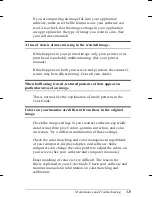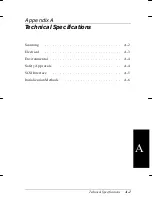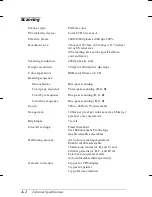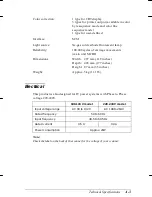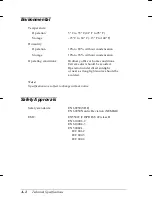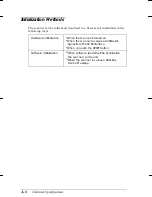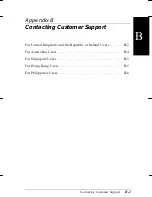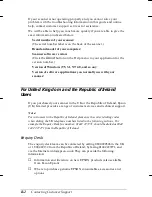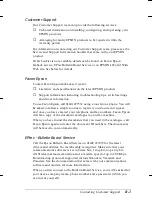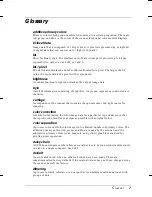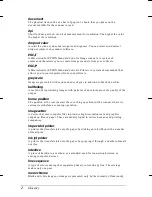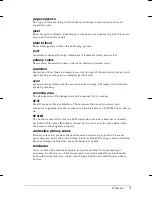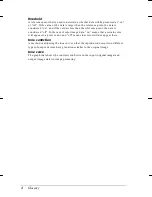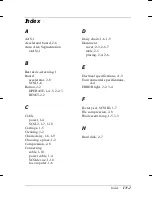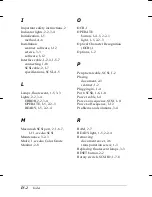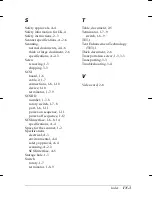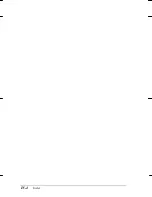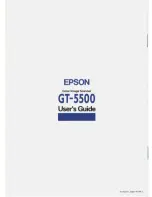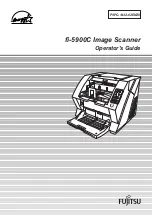
Glossary
additive primary colors
Primary colors which produce white when mixed in a certain proportion. These are
red, green, and blue --- the colors of the scanner lamps and color monitor displays.
bi-level data
Image data that is composed of 1 bit per pixel. A pixel is represented by a single bit
of digital data that can express only 1 (light) or 0 (dark).
bit
Short for binary digit. The smallest unit of data in computer processing. A bit can
represent two values: on and off, or 1 and 0.
bit / pixel
The unit that indicates the number of bits allocated for a pixel. The larger the bit
value, the more detail of a pixel will be reproduced.
brightness
A scanner function to lighten or darken the output image data.
byte
A unit of information consisting of eight bits. A byte can represent a control code or
character.
carriage
A component of the scanner that contains the optical sensor and light source for
scanning.
color correction
A method of adjusting the color image data for a particular type of device so that
the reproduction results are as close as possible to the original colors.
color separation
A process to convert full-color images into a limited number of primary colors. The
additive primary colors (red, green, and blue) are used by the scanner, and the
subtractive primary colors (cyan, magenta, and yellow) plus black are used for
printing press separation.
daisy chain
A SCSI bus arrangement that allows several devices to be connected simultaneously
in a line to a single computer. See SCSI.
default
A set of values used when no other selections have been made. These are
sometimes called factory defaults if the original values have not been changed since
the scanner has left the factory.
dithering
A process in which software or an output device simulates continuous tones with
groups of dots.
Proof Sign-off:
E. Ohtera
_______
D. Grady
_______
R
GT-5500 Rev.C
A5 size
Glossary
July-18-97
DR, pass 0
Glossary
1

